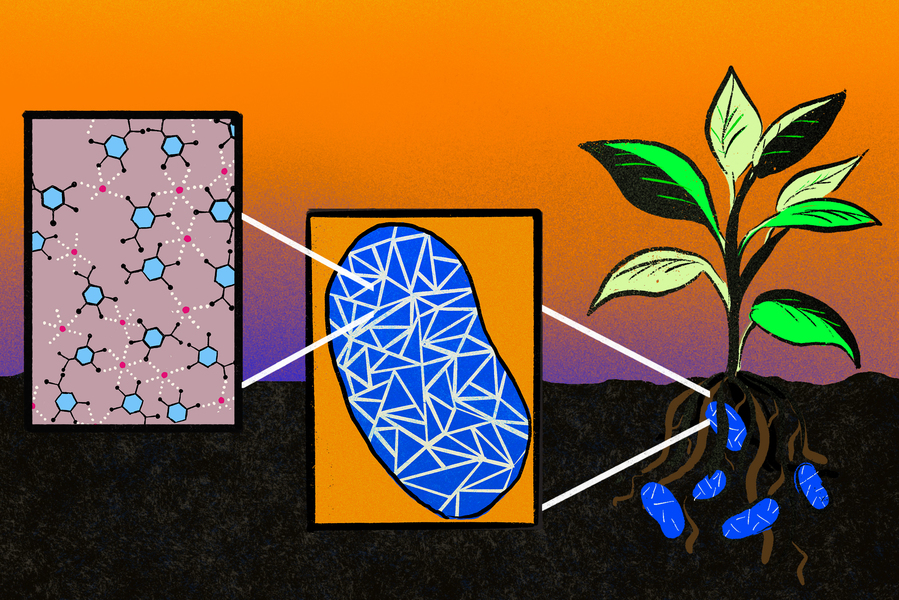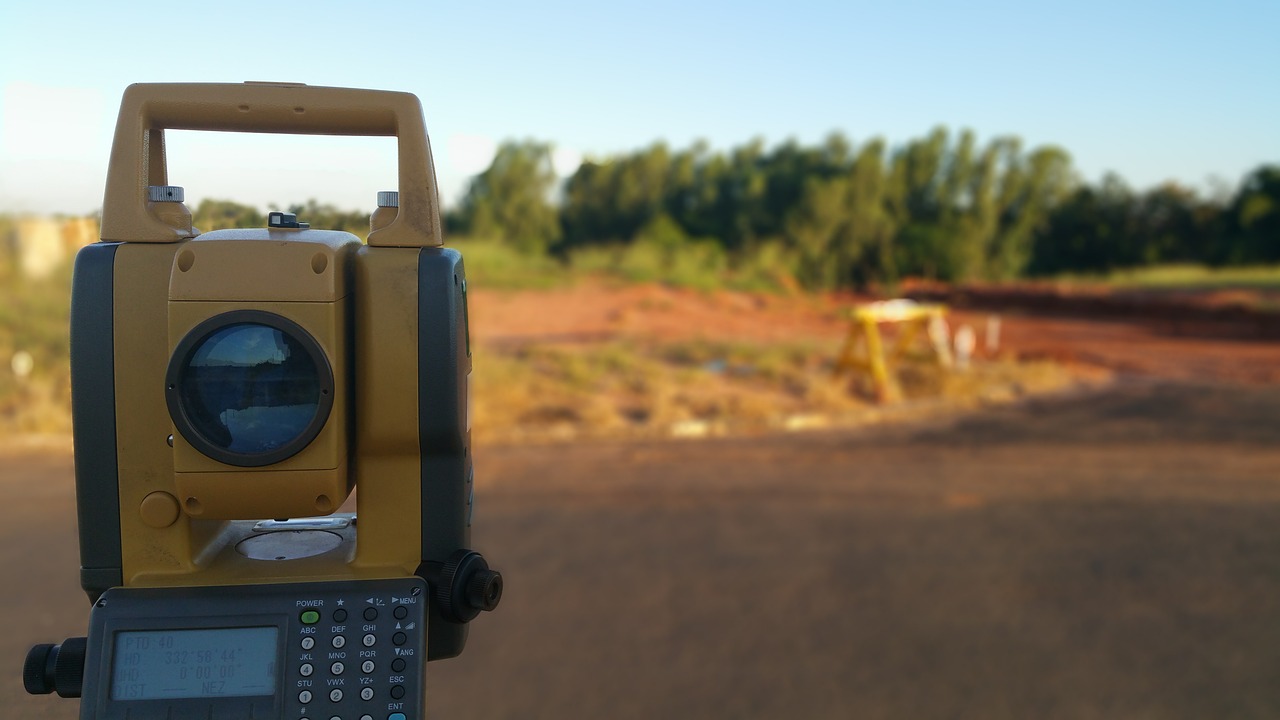State of the Art Research Facility
Virginia Tech Transportation Institute and the Center for Infrastructure-Based Safety System has a state-of-the-art, full-scale, closed test bed research facility managed by the Virginia Department of Transportation called the Virginia Smart Road. It’s a 2.2 mile two-lane road that has weather-making capabilities including rain, snow and fog, variable lighting systems and pavement markings, road surveillance computer systems and signalized intersections. With a control room and a bridge as part of the infrastructure the Smart Road is comprised of 14 experimental pavement systems with 600 possible pavement designs, 400 sensors embedded in the road to monitor moisture, weight and speed of vehicles as well as stress and strain on the pavement.
Advanced communication systems include a wireless LAN connected to a fiber-optic backbone which interfaces with several on-site data acquisition systems and road feature controls. Data is transferred between the vehicle, the research building and the infrastructure within the road.
Myriad Smart Road Projects
Projects have included headlamp visibility, wet visibility, night visibility preventative maintenance of roads to promote pavement preservation, quiet pavement, the use of reclaimed asphalt pavement for new roads, splash and spray studies, pavement surface property composition studies, the creation of a structural index to classify the health of a road, friction management studies, motorcycle safety technology such as cycle brackets, mobile device use and its effect on driving, visual behavior in roundabouts, roadway curve delineation and straight roadway systems, next generation DAS (Distributed Antenna Systems) with three-axis accelerometers, GPS technology, forward and driver video, and machine vision applications all networked to a central computer. They have also tested drivers under the influence of prescription and over-the-counter medications and their influence on safety-critical events. This is just the tip of the iceberg, many other projects are ongoing or in the works.
The earliest asphalt paving dates back to Babylon in 625 BC. Today, many people spend a significant amount of time on asphalt roads, vastly improved but still pretty basic, traveling to buy groceries, commuting to work or visiting friends and relatives. But this is starting to change as scientists and engineers use nano-materials in road construction, studying physical forces involved like friction between the tire and pavement, the characteristics of rubber, and the motion of tires to understand what happens to pavement when a vehicle travels over it.
Energy Efficient Transportation Systems
Using mathematical models filled with decades of Federal Highway Administration data and combined with pavement testing the conclusion is the US could save 3% on fuel consumption and reduce carbon dioxide emissions by as much as 46 million metric tons a year simply by making the roads stiffer.
Researchers believe that adding “nanoclays” to asphalt would do the trick and are testing various combinations of materials to see what works best. There are 4 million miles of roads in the United States so many factors are being considered from initial cost, maintenance requirements, estimated use, local weather conditions, and environmental impact, and many more.






